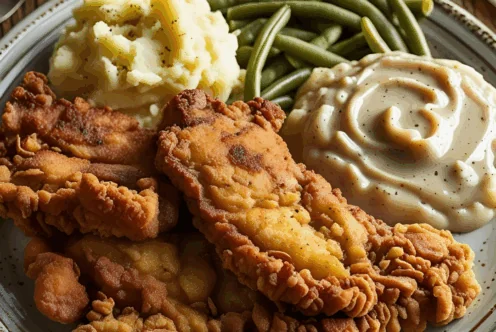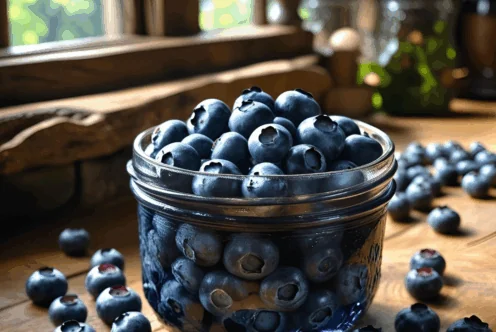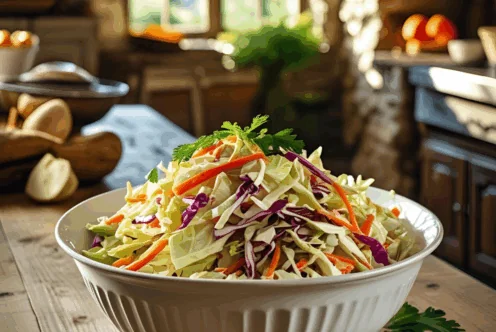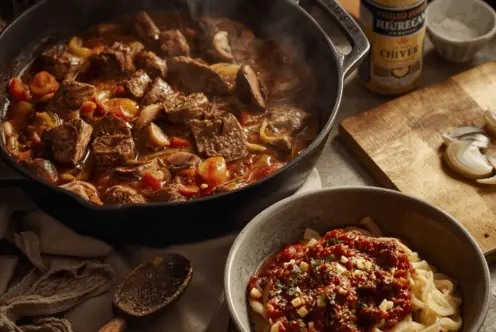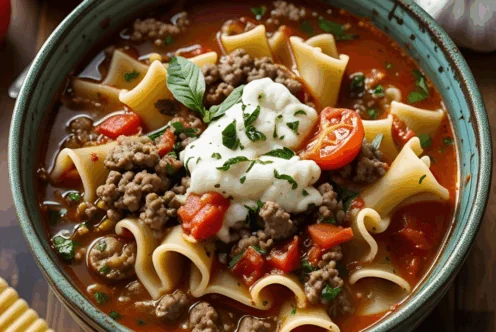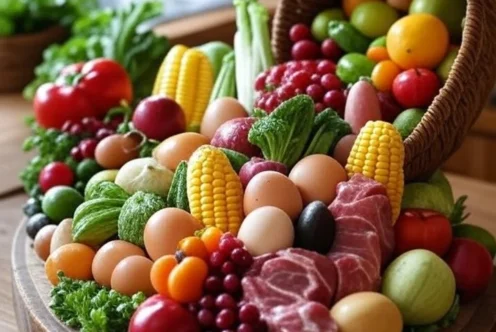Blog
Brown Rice Versus White Rice
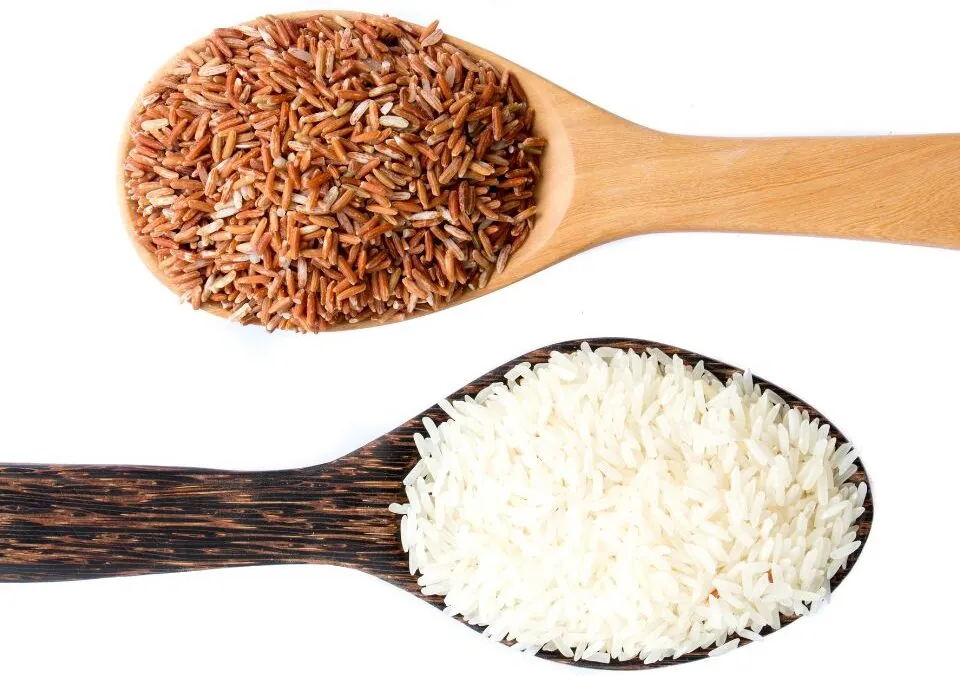
Rice is one of the most widely consumed staple foods in the world and appears in kitchens around the globe. It’s noteworthy not only for its versatility but also for its importance as a source of nutrition. Specifically, rice has become essential for those with gluten intolerances, like myself and my mom. After we had to eliminate gluten from our diets, rice became our go-to carbohydrate, finding its way into both everyday meals and gourmet dishes. We’ve used it as a substitute for tortillas in Mexican dishes and pasta in Italian cuisine. The versatility of rice is undeniable, making it a crucial component in diverse culinary practices.
When discussing rice, you’ve likely encountered the debate between brown rice and white rice. Often, people assert that brown rice is the healthier option. However, the reality is more nuanced. Each variety of rice has unique nutritional benefits and culinary uses. This article aims to dive deeper into the topic, breaking down the main nutritional differences between brown rice and white rice, while also exploring various aspects, including cooking methods, health benefits, and tips on how to incorporate them into your diet.
Nutritional Breakdown of Brown Rice and White Rice
What Makes Rice Work: The Grain Structure
To appreciate the differences between brown and white rice, it’s important to understand how rice grains are structured. According to registered dietitian Stefani Sassos, brown rice is classified as a whole grain, meaning it retains all parts of the grain: the bran, germ, and endosperm. This is crucial because:
- Bran: The outer layer packed with fiber, antioxidants, and B vitamins.
- Germ: The embryo of the seed containing healthy fats, protein, vitamins, and minerals.
- Endosperm: The starchy interior that is primarily composed of carbohydrates and small amounts of protein.
On the other hand, white rice undergoes refining, which removes the bran and germ, leaving only the endosperm. Because of this processing, white rice loses a significant amount of its nutritional value.
Key Nutritional Differences
Brown Rice
- Higher Fiber Content: Brown rice contains about 3.5 grams of fiber per cup (cooked), which aids in digestion and can help maintain a healthy weight.
- Rich in Nutrients: It is a good source of magnesium, phosphorus, selenium, and B vitamins. This can contribute to improved metabolic health.
- Lower Glycemic Index: Brown rice typically has a glycemic index (GI) value of around 50-55. Lower GI foods are absorbed more slowly, which helps regulate blood sugar levels and may reduce the risk of type 2 diabetes.
- More Antioxidants: The bran and germ also provide antioxidants, which can help combat oxidative stress in the body.
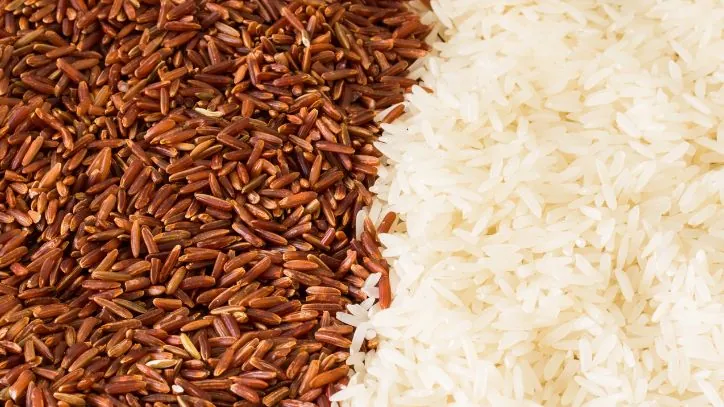
White Rice
- Easily Digestible: White rice contains about 0.5 grams of fiber per cup (cooked), making it suitable for individuals with digestive issues or those recovering from illness.
- Quick Energy Source: Due to its refined nature, white rice is easily digestible and provides quick energy, making it a desirable option for athletes or those needing immediate energy boost.
- Cost-Effective: White rice is often less expensive than brown rice and has a longer shelf life, making it a practical choice for many households.
- Vitamins and Minerals (When Enriched): Many brands of white rice are enriched with iron and B vitamins (like folic acid), restoring some of the nutrients lost during processing. It’s essential to check labels to ensure you are purchasing enriched varieties.
The Health Benefits of Each Type of Rice
Benefits of Brown Rice
- Weight Management: The fiber content in brown rice can help you feel full longer, which may prevent overeating. This can be particularly helpful for those looking to manage their weight.
- Heart Health: Whole grains like brown rice may lower the risk of heart disease. They are associated with reducing cholesterol levels, improving blood pressure, and supporting overall cardiovascular health.
- Management of Blood Sugar Levels: Because of its low GI, brown rice is a better option for blood sugar management compared to white rice. This is particularly important for individuals with diabetes or insulin resistance.
- Digestion Benefits: The high fiber content aids digestion, preventing constipation and promoting a healthy gut microbiome.
Benefits of White Rice
- Post-Workout Recovery: The quick carbohydrates in white rice make it an excellent option for replenishing glycogen stores post-exercise. It can be paired with proteins (like chicken or fish) to aid in muscle recovery.
- Safe for Sensitive Stomachs: White rice is often recommended for those experiencing digestive issues, such as after surgery or during gastrointestinal distress, because it’s easy to digest.
- Quick Meals: White rice cooks faster and can be used in various dishes, from stir-fries to soups, allowing for quick meal preparation.
- Versatile Ingredient: White rice can easily absorb flavors from spices and sauces, making it a staple in many global cuisines.
Cooking Techniques and Culinary Uses
Both brown and white rice can be prepared in various ways and can complement an array of dishes. Here are some cooking techniques and culinary inspirations for each type:
Cooking Brown Rice
- Stovetop Method: Rinse brown rice under cold water to remove excess starch. Combine 1 cup of brown rice with 2.5 cups of water or broth in a saucepan. Bring to a boil, then reduce heat to low, cover, and simmer for about 45-50 minutes until tender. Let it rest for about 10 minutes before serving to allow the grains to firm up.
- Rice Cooker: This method simplifies the cooking process. Rinse the rice and combine it with the appropriate amount of water in the rice cooker. Set it to the brown rice setting and let it cook while you focus on your meal prep.
- Uses: Brown rice is excellent in grain bowls, salads, and stir-fries. It can also be used as a base for curry dishes or paired with beans for added protein.
Cooking White Rice
- Stovetop Method: Rinse white rice under cold water. For every 1 cup of white rice, use 2 cups of water. Bring to a boil, then cover and reduce the heat to low. Cook for about 18-20 minutes, then let it sit covered for 5-10 minutes before serving.
- Pressure Cooker/Instant Pot: A great time-saving option, white rice can be cooked in a pressure cooker by combining 1 cup of rice with 1.5 cups of water and cooking on high pressure for 3-4 minutes with a natural release.
- Uses: White rice is commonly used in sushi, casseroles, and side dishes. It pairs well with almost anything because of its ability to absorb flavors.
Anticipating the Future of Rice Consumption
As diets continue to evolve, so too does the way we consume rice. The popularity of low-carb and gluten-free diets has sparked renewed interest in rice as a preferred grain. However, the key is not just in choosing between brown or white rice but also in considering quantity, preparation, and overall meal balance. For instance, enjoying a side of brown rice with a meal rich in proteins and vegetables can make for a nutritionally complete dish.
Tips for Incorporating Rice into Your Diet
- Balance Your Plate: Whether you lean towards brown or white rice, aim to create a balanced meal. Pair rice with a variety of colorful vegetables and lean proteins to maximize nutrition.
- Experiment with Flavors: Rice can be flavored with herbs, spices, or broths during cooking. This can uplift simple dishes to gourmet experiences.
- Explore Global Cuisines: Various cultures offer unique ways to enjoy rice. Try making a Thai curry with brown rice or Mexican rice dishes using white rice as a base.
- Mix It Up: If you enjoy both types of rice, consider combining brown and white rice to enjoy the textures and flavors of both while still benefiting from the nutrients in brown rice.
Conclusion: A Personal Perspective
In our journey towards healthier eating, both brown and white rice play essential roles. They each serve their purposes based on our dietary needs, the type of meal we’re preparing, or even cravings. Both varieties have unique benefits and can be adapted into countless recipes. Rice is designed to be versatile, allowing it to seamlessly integrate into almost any culinary tradition.
Ultimately, the choice between brown rice and white rice comes down to personal preference and nutritional needs. Incorporating both can provide a diverse array of nutrients while satisfying your taste buds. And on days when cooking feels overwhelming, remember there’s no wrong answer in choosing rice that works best for you. After all, rice is more than just a staple; it is a global food that binds cultures and families together.
So next time you open your pantry, don’t shy away from rice. Instead, embrace its versatility and elevate your meals with this nutritious grain. Whether you prefer the heartiness of brown rice or the simplicity of white rice, there are endless options for creating delicious and balanced dishes.
For more information, consider checking out the resources from the Whole Grains Council and explore various recipes featuring rice at Fill Your Plate. Your palate and your body will thank you!
By Heide Kennedy, Arizona Farm Bureau Communications Intern













